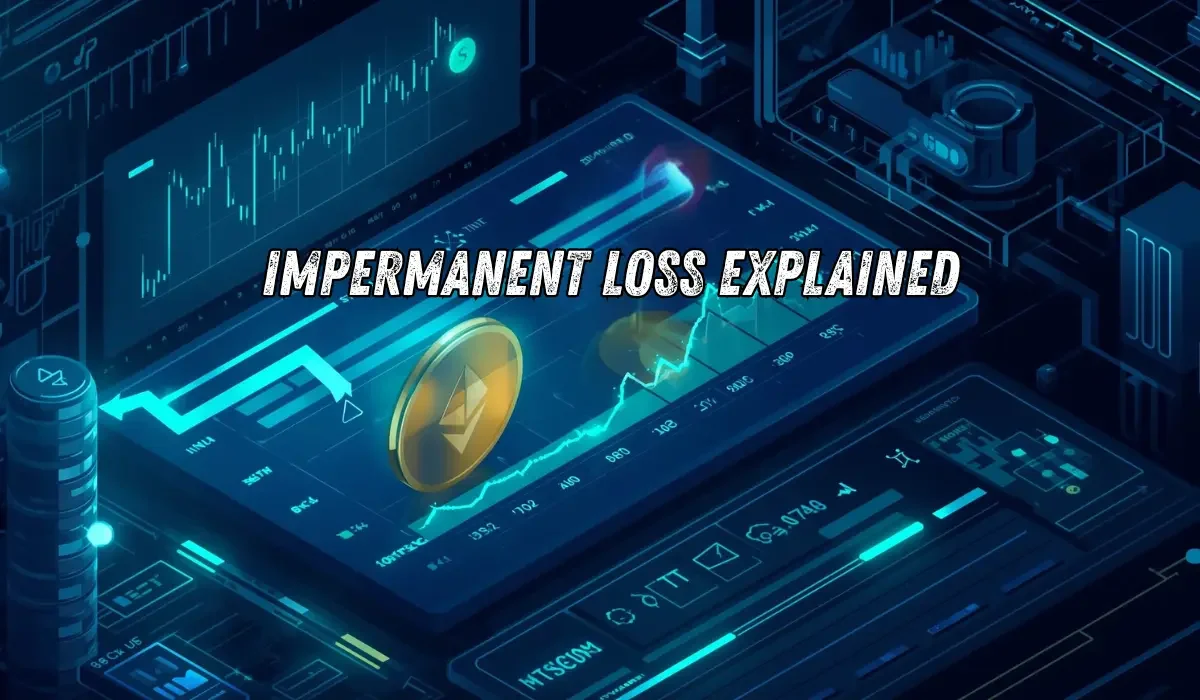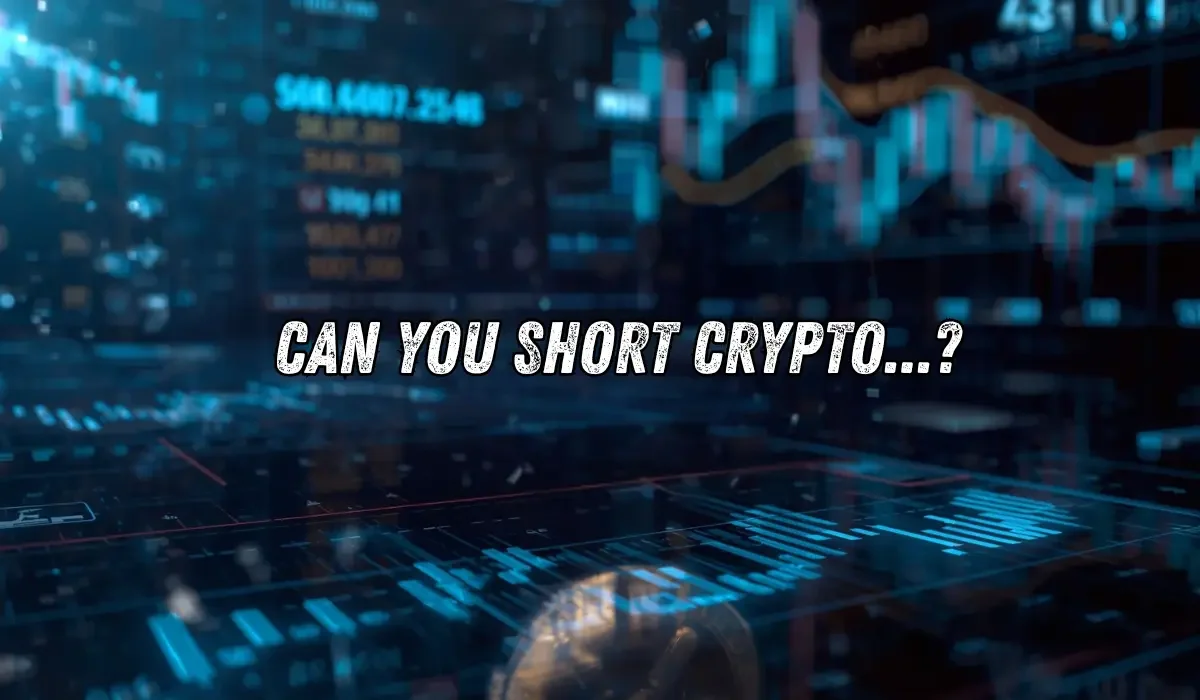Impermanent Loss Explained: A Complete Guide for Liquidity Providers

When you are a trader who is performing the function of liquidity provision, you must be aware of the following term called Impermanent Loss. Even though it is a simple concept to understand, it is no slouch when it comes to causing damage to your portfolio.
This article will dive deep into the realms of understanding Impermanent Loss. We will navigate the complex terrain of impermanent loss by understanding several key concepts. Each of these concepts is essential to understanding the overall concept of impermanent loss.
This article is especially valuable for investors whose risk appetite is low and who invest in AMM (Automated Market Maker) systems, as this is applicable to both DeFi (Decentralized Finance) and Centralized Exchanges that offer AMM programs.
What is Impermanent Loss and Why Does it Happen?
To understand impermanent loss, we need to understand under what conditions it happens. Impermanent losses occur when a trader provides liquidity to the market. This is a common type of investment, especially among DeFi investors.
This type of investment is facilitated by an AMM. Impermanent losses occur when the assets held in an AMM position vary in proportion and price. Normally, when AMM positions are opened, they are opened on a 50/50 basis. For instance, in an Ethereum market with USDT, an investor is supplying liquidity. Initially, the investor has to deposit both assets equal in total value to each other. As time passes, the price of the asset will change.
In AMM markets, to maintain liquidity, the AMM automatically rebalances the pool, causing your exposure to the appreciating asset to decrease. So if the investor were to close his/her AMM position, he would end up with a lower number of the appreciated asset but would get more of the second asset. Had the investor held the investment with them, it would have made a profit.
It is this virtual loss of profit that refers to impermanent loss. The loss is called impermanent because the investor can choose not to close his/her AMM position while there are possible impermanent losses. If they wait and the prices return to their normal rate, the losses diminish, hence the name impermanent loss.
Note that impermanent loss is not a fee or penalty—it’s a structural outcome of how AMMs function. Understanding this dynamic is crucial for evaluating whether the potential trading fees and rewards outweigh the risks of price volatility.
How Automated Market Makers Create Price Exposure
With Automated Market Makers or AMM, the traditional form of order book is totally reimagined. AMMs replace traditional order books with a more advanced system called a liquidity pool. As the name suggests, this system constantly supplies or maintains liquidity in the markets.
The liquidity is a dynamic system that automatically adjusts itself with the help of mathematical formulas like x * y = k. This means that the pool automatically adjusts the quantity of either of the two assets as per supply or demand.
While this is a great thing for market health in general, it causes problems for those who provide liquidity. This automatic rebalancing exposes the market makers to price changes in a unique way. As the asset with higher demand appreciates, the share of that asset held by the liquidity provider decreases as the market consumes the asset. In essence, over time, the investor’s share of the pool reflects this shift—and they end up holding proportionally more of the weaker asset.
This is a risk associated with investors who provide liquidity to the market. The only benefit is that they earn an annual yield and a portion of the trading fees proportional to the portion they have supplied to the market.
Strategies to Reduce The Impact of Impermanent Loss
While AMM liquidity providers are always exposed to the risk of impermanent losses, there are certain strategies that can be exploited to reduce the impact of such impermanent losses.
A very common approach to reducing such impermanent losses lies in the selection of asset pairs. If an investor chooses assets whose price moves in tandem, for instance, USDT/USDC, the price divergence is minimized. In such a case, the investor can reap the yearly rewards as well as fees while limiting their exposure to price volatility.
For volatile assets like Ethereum, which is one of the most commonly traded asset classes on the DeFi market, investors can choose tokenized versions of ETH to make the asset pair’s prices perform in tandem. For the case of Ethereum, WETH or Wrapped Ether, is a great choice.
AMMs with advanced bonding curves, concentrated liquidity ranges, or hedging mechanisms have protocols built in to reduce the impact of impermanent losses. These mechanisms can reduce exposure to large price movements. Using such structured AMMs is another strategy if an investor wants to lower their risk exposure.
Conclusion
Even though impermanent losses are an unavoidable risk that comes with AMM markets, investors can reduce their exposure to risk if they manage their AMM positions wisely. By choosing correlated asset pairs, exploring advanced AMM models, and evaluating potential rewards against risk, liquidity providers can make more informed decisions. While impermanent losses seem scary at first sight, knowing AMM participation is a long-term strategy and investing in it with informed decisions can make a huge difference.
FAQs
Yes, there are single-sided AMM pools where you can add liquidity in one single asset and not in pairs.
Yes, single-sided pools are also exposed to impermanent losses. Once entered, the investor will be as if he/she entered a paired pool.
No, different AMMs have different protocols and underlying rebalancing equations, so their impermanent losses will vary.
It depends on the size of the pool. Pools with high volume trading will yield more fees, which can offset impermanent losses.
Yes, many platforms provide built-in calculators for understanding the impact of impermanent losses if prices go against you.
Crypto & Blockchain Expert





